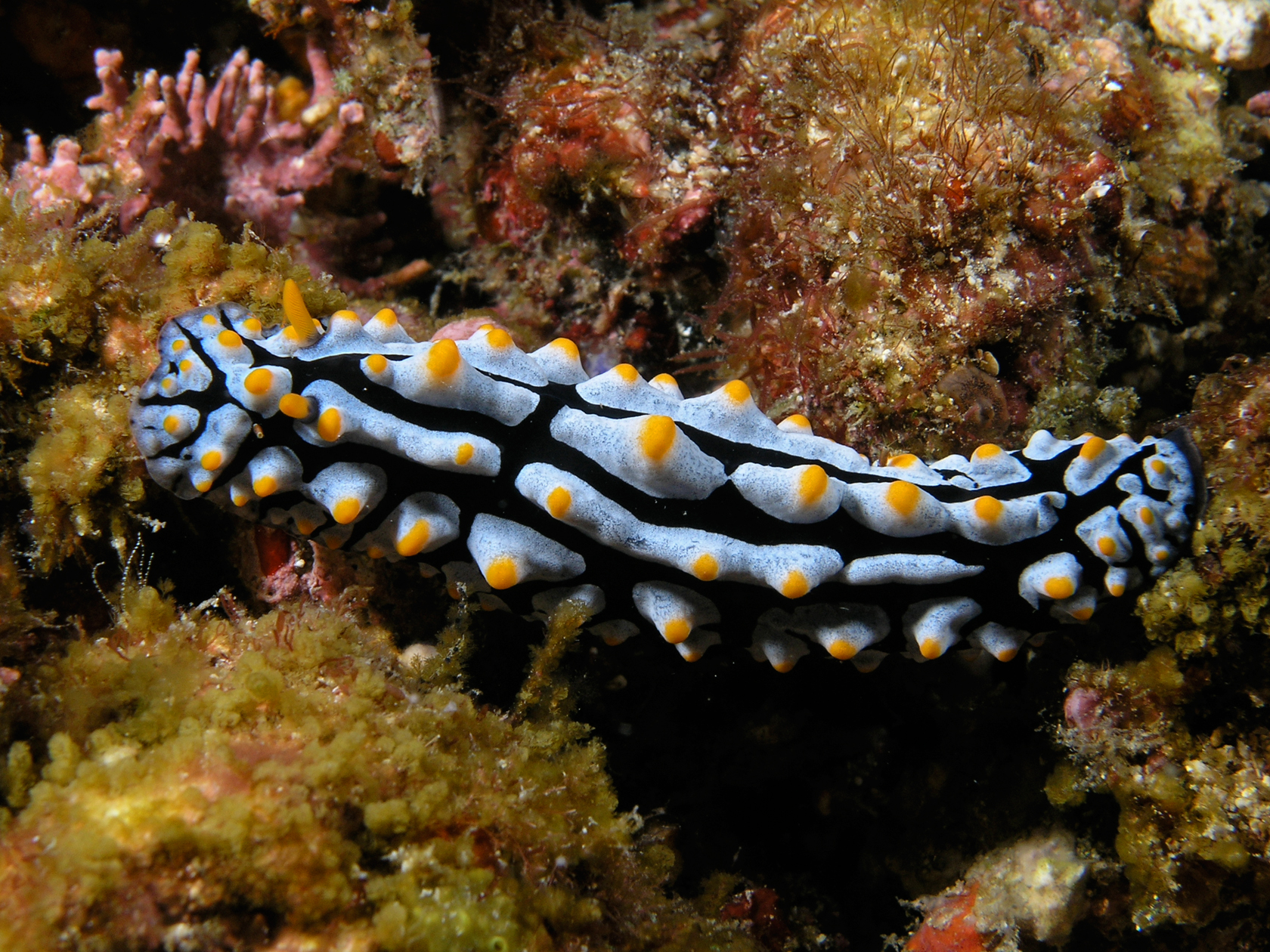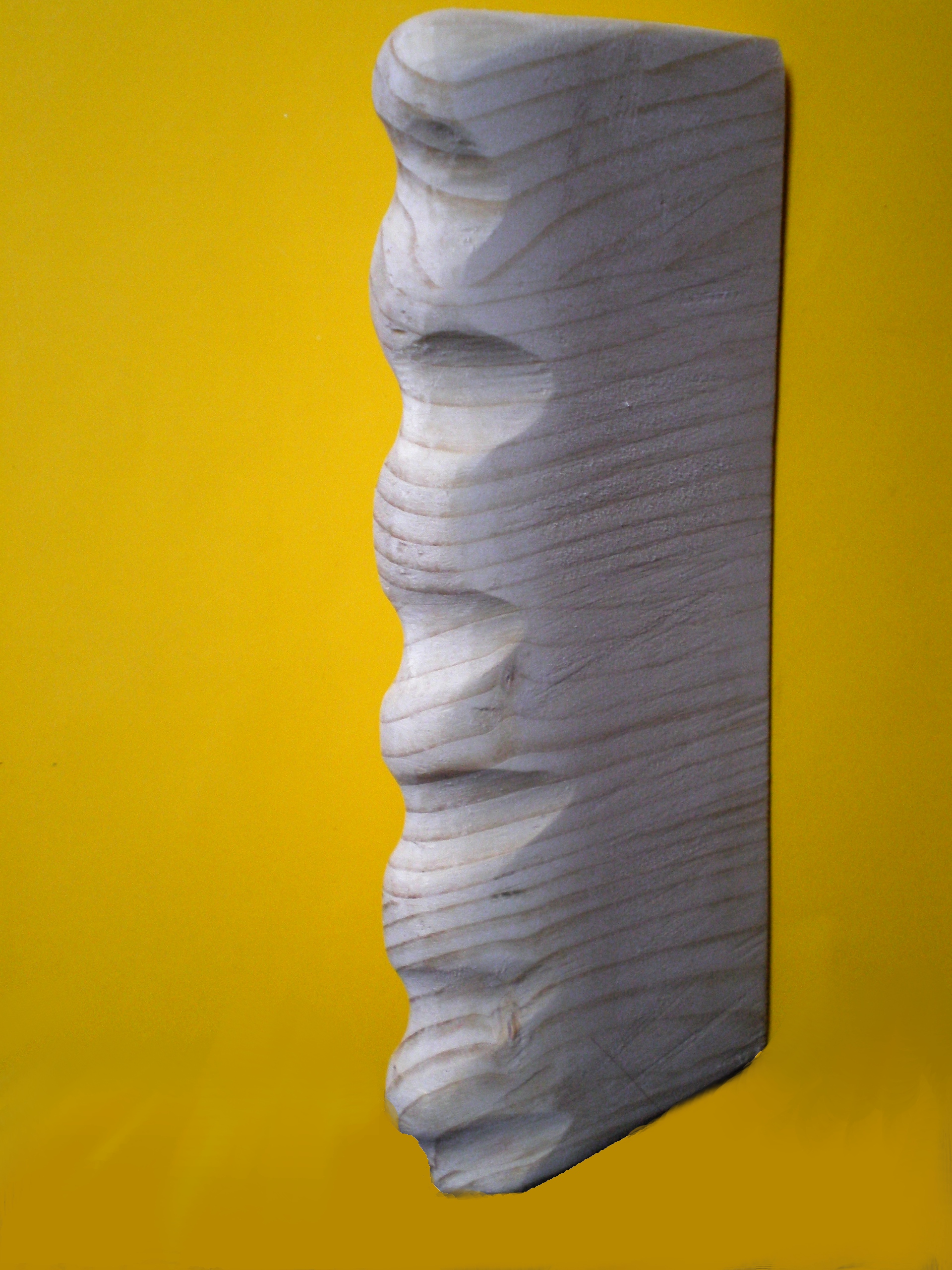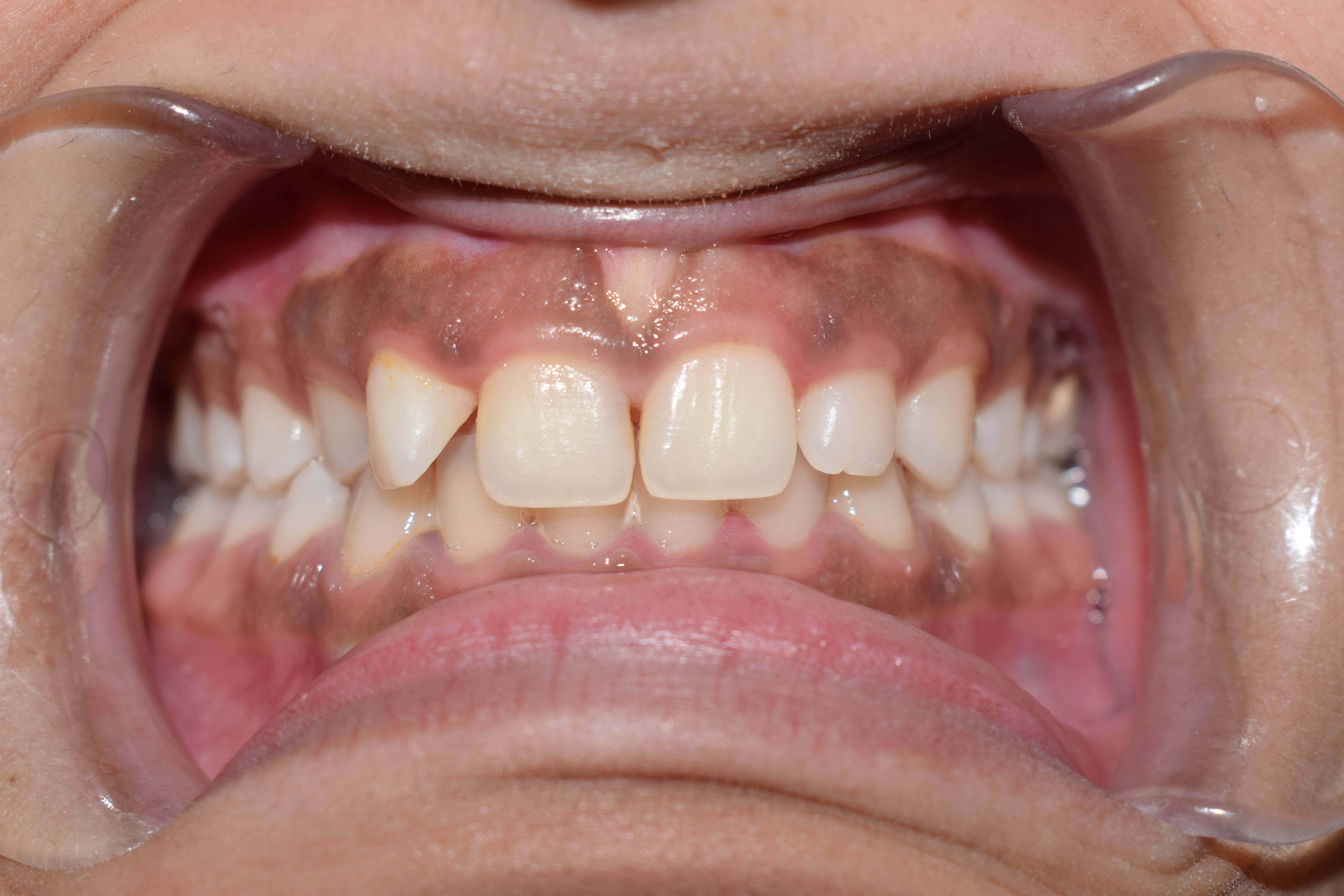|
Tubercle (anatomy)
In anatomy, a tubercle (literally 'small tuber', Latin for 'lump') is any round nodule, small eminence, or warty outgrowth found on external or internal organs of a plant or an animal. In plants A tubercle is generally a wart-like projection, but it has slightly different meaning depending on which family of plants or animals it is used to refer to. In the case of certain orchids and cacti, it denotes a round nodule, small eminence, or warty outgrowth found on the lip. They are also known as podaria (singular ''podarium''). When referring to some members of the pea family, it is used to refer to the wart-like excrescences that are found on the roots. In fungi In mycology, a tubercle is used to refer to a mass of hyphae from which a mushroom is made. In animals When it is used in relation to certain dorid nudibranchs such as '' Peltodoris nobilis'', it means the nodules on the dorsum of the animal. The tubercles in nudibranchs can present themselves in different w ... [...More Info...] [...Related Items...] OR: [Wikipedia] [Google] [Baidu] |
Mammillaria Marksiana
''Mammillaria marksiana'' is a cactus in the genus ''Mammillaria'' of the family Cactaceae. Description ''Mammillaria marksiana'' is a perennial, green, fleshy and globose plant, with leaves transformed into thorns. It can reach a diameter of and a height of . With age it becomes slightly column-shaped and begins to shoots. The tubercles are pyramidal, approximately four-sided. Radial and central spines are variable in number from 4 to 21. They are thin, needle-shaped, golden-yellow to brown, in length. The blooming area is usually covered by snow-white wool. The funnel-shaped flowers are green or lemon-yellow and reach a size of about 1.5 cm. Flowering period in Europe extends from late winter to early spring. The fruits are dark-purple, club-shaped, up to 2 inches long and contain small brown seeds. Distribution This species is endemic to western Mexico (states of Durango, Chihuahua, Sonora and Sinaloa Sinaloa (), officially the (), is one of the 31 states which, ... [...More Info...] [...Related Items...] OR: [Wikipedia] [Google] [Baidu] |
Tubercle Effect
The tubercle effect is a phenomenon where tubercles or large 'bumps' on the leading edge of an airfoil can improve its aerodynamics. The tubercle effect works by channeling flow over the airfoil into more narrow streams, creating higher velocities. Another side effect of these channels is the reduction of flow moving over the wingtip and resulting in less parasitic drag due to wingtip vortices. Using computational modeling, it was determined that the presence of tubercles produces a delay in the angle of attack until stall, thereby increasing maximum lift (force), lift and decreasing drag (physics), drag. Humpback whales are the only known organisms to take advantage of the tubercle effect. It is believed that this effect allows them to be much more manoeuvrable in the water, allowing for easier capture of prey. The tubercles on their fins allow them to do aquatic maneuvers to catch their prey. The tiny hooklets on the fore edge of an owl's wing have a similar effect that contri ... [...More Info...] [...Related Items...] OR: [Wikipedia] [Google] [Baidu] |
Human Skeleton
The human skeleton is the internal framework of the human body. It is composed of around 270 bones at birth – this total decreases to around 206 bones by adulthood after some bones get fused together. The bone mass in the skeleton makes up about 14% of the total body weight (ca. 10–11 kg for an average person) and reaches maximum mass between the ages of 25 and 30. The human skeleton can be divided into the axial skeleton and the appendicular skeleton. The axial skeleton is formed by the human vertebral column, vertebral column, the human rib cage, rib cage, the human skull, skull and other associated bones. The appendicular skeleton, which is attached to the axial skeleton, is formed by the shoulder girdle, the pelvic girdle and the bones of the upper and lower limbs. The human skeleton performs six major functions: support, movement, protection, production of blood cells, storage of minerals, and endocrine regulation. The human skeleton is not as sexually dimorphic ... [...More Info...] [...Related Items...] OR: [Wikipedia] [Google] [Baidu] |
Gingiva
The gums or gingiva (: gingivae) consist of the mucosal tissue that lies over the mandible and maxilla inside the mouth. Gum health and disease can have an effect on general health. Structure The gums are part of the soft tissue lining of the mouth. They surround the teeth and provide a seal around them. Unlike the soft tissue linings of the lips and cheeks, most of the gums are tightly bound to the underlying bone which helps resist the friction of food passing over them. Thus when healthy, it presents an effective barrier to the barrage of periodontal insults to deeper tissue. Healthy gums are usually coral pink in light skinned people, and may be naturally darker with melanin pigmentation. Changes in color, particularly increased redness, together with swelling and an increased tendency to bleed, suggest an inflammation that is possibly due to the accumulation of bacterial plaque. Overall, the clinical appearance of the tissue reflects the underlying histology, both in hea ... [...More Info...] [...Related Items...] OR: [Wikipedia] [Google] [Baidu] |
Molar (tooth)
The molars or molar teeth are large, flat teeth at the back of the mouth. They are more developed in mammals. They are used primarily to grind food during chewing. The name ''molar'' derives from Latin, ''molaris dens'', meaning "millstone tooth", from ''mola'', millstone and ''dens'', tooth. Molars show a great deal of diversity in size and shape across the mammal groups. The third molar of humans is sometimes vestigial. Human anatomy In humans, the molar teeth have either four or five cusps. Adult humans have 12 molars, in four groups of three at the back of the mouth. The third, rearmost molar in each group is called a wisdom tooth. It is the last tooth to appear, breaking through the front of the gum at about the age of 20, although this varies among individuals and populations, and in many cases the tooth is missing. The human mouth contains upper (maxillary) and lower (mandibular) molars. They are: maxillary first molar, maxillary second molar, maxillary third mol ... [...More Info...] [...Related Items...] OR: [Wikipedia] [Google] [Baidu] |
Muscle
Muscle is a soft tissue, one of the four basic types of animal tissue. There are three types of muscle tissue in vertebrates: skeletal muscle, cardiac muscle, and smooth muscle. Muscle tissue gives skeletal muscles the ability to muscle contraction, contract. Muscle tissue contains special Muscle contraction, contractile proteins called actin and myosin which interact to cause movement. Among many other muscle proteins, present are two regulatory proteins, troponin and tropomyosin. Muscle is formed during embryonic development, in a process known as myogenesis. Skeletal muscle tissue is striated consisting of elongated, multinucleate muscle cells called muscle fibers, and is responsible for movements of the body. Other tissues in skeletal muscle include tendons and perimysium. Smooth and cardiac muscle contract involuntarily, without conscious intervention. These muscle types may be activated both through the interaction of the central nervous system as well as by innervation ... [...More Info...] [...Related Items...] OR: [Wikipedia] [Google] [Baidu] |
Keratin
Keratin () is one of a family of structural fibrous proteins also known as ''scleroproteins''. It is the key structural material making up Scale (anatomy), scales, hair, Nail (anatomy), nails, feathers, horn (anatomy), horns, claws, Hoof, hooves, and the outer layer of skin in vertebrates. Keratin also protects epithelial cells from damage or stress. Keratin is extremely insoluble in water and organic solvents. Keratin monomers assemble into bundles to form intermediate filaments, which are tough and form strong mineralization (biology), unmineralized epidermal appendages found in reptiles, birds, amphibians, and mammals. Excessive keratinization participate in fortification of certain tissues such as in horns of cattle and rhinos, and armadillos' osteoderm. The only other biology, biological matter known to approximate the toughness of keratinized tissue is chitin. Keratin comes in two types: the primitive, softer forms found in all vertebrates and the harder, derived forms fou ... [...More Info...] [...Related Items...] OR: [Wikipedia] [Google] [Baidu] |
Nuptial Pads
A nuptial pad (also known as thumb pad, or nuptial excrescence) is a secondary sex characteristic present on some mature male frogs and salamanders. Triggered by androgen hormones, this breeding gland (a type of mucous gland) appears as a spiked epithelial swelling on the forearm and prepollex that aids with grip, which is used primarily by males to grasp (or clasp) females during amplexus. They can also be used in male–male combat in some species. Historical background Austrian biologist Paul Kammerer experimented on midwife toads' nuptial pads. He used the offspring's apparent enlargening from generation-to-generation as evidence of Lamarckian evolution. Examples Many amphibian species manifest nuptial pads for use in amplexus, an example being the rough-skinned newt The rough-skinned newt or roughskin newt (''Taricha granulosa'') is a North American newt known for the strong toxin exuded from its skin. Appearance A stocky newt with rounded snout, it ranges from ... [...More Info...] [...Related Items...] OR: [Wikipedia] [Google] [Baidu] |
Nuptial Tubercles
Nuptial tubercles or breeding tubercles (also called pearl organs or nuptial efflorescence) are noticeable skin roughness or horny nodules that form on male fish during breeding. They are made of keratin, the same material as hair, hooves, and fingernails. Use and description These tubercles are dermal structures present in 15 families of fish belonging to 4 orders of Actinopterygii – Salmoniformes, Gonorhynchiformes, Cypriniformes and Perciformes are used in the courtship and reproduction process. They consist of partially or fully keratinised cells that form in certain regions, used to stimulate females during courtship. Their development is stimulated by hormones secreted by the pituitary and adrenal glands, and is induced shortly before the breeding season and discarded after. In some species, at least, there is a correlation between the level of androgens present in the endocrine system and the volume and complexity of tubercle growth. They normally form on the he ... [...More Info...] [...Related Items...] OR: [Wikipedia] [Google] [Baidu] |
Geological Society Of America
The Geological Society of America (GSA) is a nonprofit organization dedicated to the advancement of the geosciences. History The society was founded in Ithaca, New York, in 1888 by Alexander Winchell, John J. Stevenson, Charles H. Hitchcock, John R. Procter and Edward Orton and has been headquartered at 3300 Penrose Place, Boulder, Colorado, US, since 1967. GSA began with 100 members under its first president, James Hall. In 1889 Mary Emilie Holmes became its first female member. It grew slowly but steadily to 600 members until 1931, when a nearly $4 million endowment from 1930 president R. A. F. Penrose Jr. jumpstarted GSA's growth. As of December 2017, GSA had more than 25,000 members in over 100 countries. The society has six regional sections in North America, three interdisciplinary interest groups, and eighteen specialty divisions. Activities The stated mission of GSA is "to advance geoscience research and discovery, service to society, stewardship of Ear ... [...More Info...] [...Related Items...] OR: [Wikipedia] [Google] [Baidu] |
Limpet
Limpets are a group of aquatic snails with a conical gastropod shell, shell shape (patelliform) and a strong, muscular foot. This general category of conical shell is known as "patelliform" (dish-shaped). Existing within the class Gastropoda, limpets are a polyphyletic group (its members descending from different immediate ancestors). All species of Patellogastropoda are limpets, with the Patellidae family in particular often referred to as "true limpets". Examples of other clades commonly referred to as limpets include the Vetigastropoda family Fissurellidae ("keyhole limpet"), which use a siphon to pump water over their gills, and the Siphonariidae ("false limpets"), which have a pneumostome for breathing air like the majority of terrestrial Gastropoda. Description The basic anatomy of a limpet consists of the usual molluscan organs and systems: * A nervous system centered around the paired Brain, cerebral, foot, pedal, and pleural sets of ganglion, ganglia. These ganglia ... [...More Info...] [...Related Items...] OR: [Wikipedia] [Google] [Baidu] |
Polygon
In geometry, a polygon () is a plane figure made up of line segments connected to form a closed polygonal chain. The segments of a closed polygonal chain are called its '' edges'' or ''sides''. The points where two edges meet are the polygon's '' vertices'' or ''corners''. An ''n''-gon is a polygon with ''n'' sides; for example, a triangle is a 3-gon. A simple polygon is one which does not intersect itself. More precisely, the only allowed intersections among the line segments that make up the polygon are the shared endpoints of consecutive segments in the polygonal chain. A simple polygon is the boundary of a region of the plane that is called a ''solid polygon''. The interior of a solid polygon is its ''body'', also known as a ''polygonal region'' or ''polygonal area''. In contexts where one is concerned only with simple and solid polygons, a ''polygon'' may refer only to a simple polygon or to a solid polygon. A polygonal chain may cross over itself, creating star polyg ... [...More Info...] [...Related Items...] OR: [Wikipedia] [Google] [Baidu] |







